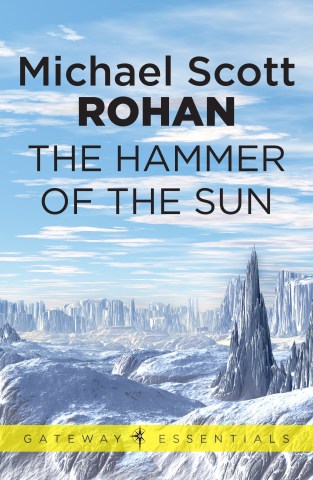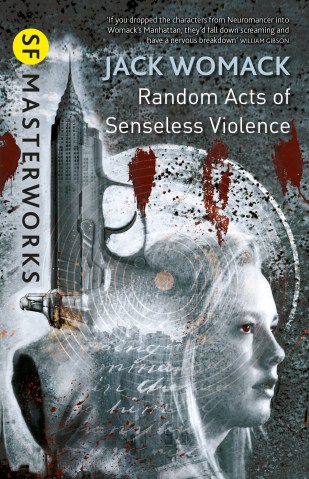The anatomy of a compelling blog post
What is it that separates a mediocre blog post from one that is awesome? There are seven key points to consider every time that you put fingers to keyboard. Give thought to them, and you’ll be well on your way to writing something that people will want to read.
 Succinct and descriptive headlines on this branding and graphic design blog
Succinct and descriptive headlines on this branding and graphic design blog
Headline
On a business blog, the headline you choose is all-important, because people will decide very quickly on the basis of your headline whether or not to click through and read. On the other hand, descriptive headlines often work perfectly well for creative blogs, especially if the blog content is visuals-led. You don’t have to be ultra cute with your headlines, but you do want your blog to stand out from the crowd. Ask yourself: would this headline interest or excite me enough to click through and look?
Topic
Each time you blog, ask yourself: ‘Do I really care about this?’ Great blog posts inspire others not just because they are entertaining or informative, but because the blogger is sharing something she or he cares about in their unique style. It has to come from the heart, and when it does your readers will feel a real connection.
Content
Remember that a blog post can be text, video, photo(s), audio—or any combination of these. If your main content is a photo or photos, make sure they are a good size. No one minds scrolling down to see photos if they are big and stunning. If you opt for a mainly written blog, do include a relevant photo, if you have a good one, as it breaks up the text and can enhance the message.
Length
Keep it short: 250 words is plenty. If you are naturally verbose you might find this tricky, but it is good discipline. If it’s 1,000 words long, it has to be a really great blog post to keep people reading all the way down. The exception to this could be a tutorial or recipe, or something broken up into steps. As you find your blogging voice, why not experiment—you might find the occasional ‘long post’ is well received. Basically, brief and often is better than long and infrequent.
Readability
This means: a reasonably sized clear font in a dark colour on a white or pale background, no background graphics beneath the copy, generous line spacing, short paragraphs, and short sentences. These are all basic factors that can get overlooked. Your aim is to make it as easy as possible for people to read your blog posts, get the gist of it, comment, and subscribe.
 A clean, clear font and good line spacing make posts on this blog a delight to read on screen.
A clean, clear font and good line spacing make posts on this blog a delight to read on screen.
Links
Links between sites are the fuel of the web. Include links within your posts whenever relevant. For example, if you reference another site or article, make it into a link. Think about creating a trackback from the link, too. If you are showcasing your work, include a link to your store or portfolio.
Social
If you want people to share your blog posts, offer lots of opportunities to do so and make it easy. For example, have ‘Tweet this,’ ‘Google+1,’ Facebook ‘like,’ or ‘Share this’ buttons prominently displayed and easily clickable.
Blogging for Creatives is Robin Houghton’s step-by-step guide to everything you need to know about how to design and profit from a beautiful blog that people will want to return to again and again. With advice on which blogging platform to choose, essential tools and accessories, and how to take your blog to the next level, whether you’re looking to create a platform for your creative trade, an inspirational journal, or a hub for people with similar tastes and interests, learn how to benefit from being part of the blogosphere in this accessible, non-techie book.
 Blogging for Creatives
Blogging for Creatives
Robin Houghton
Buy it now!
RRP for print edition: £12.99




